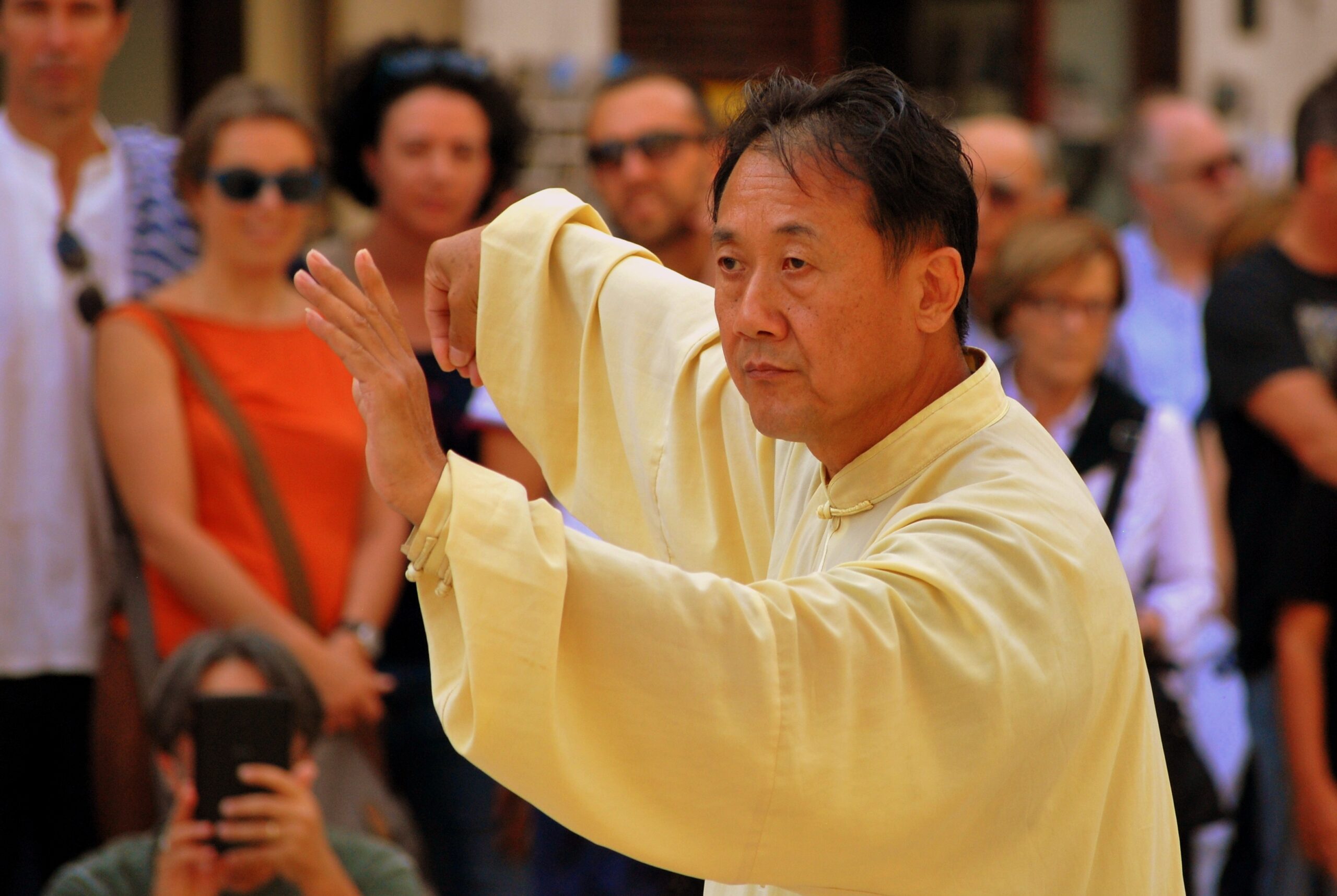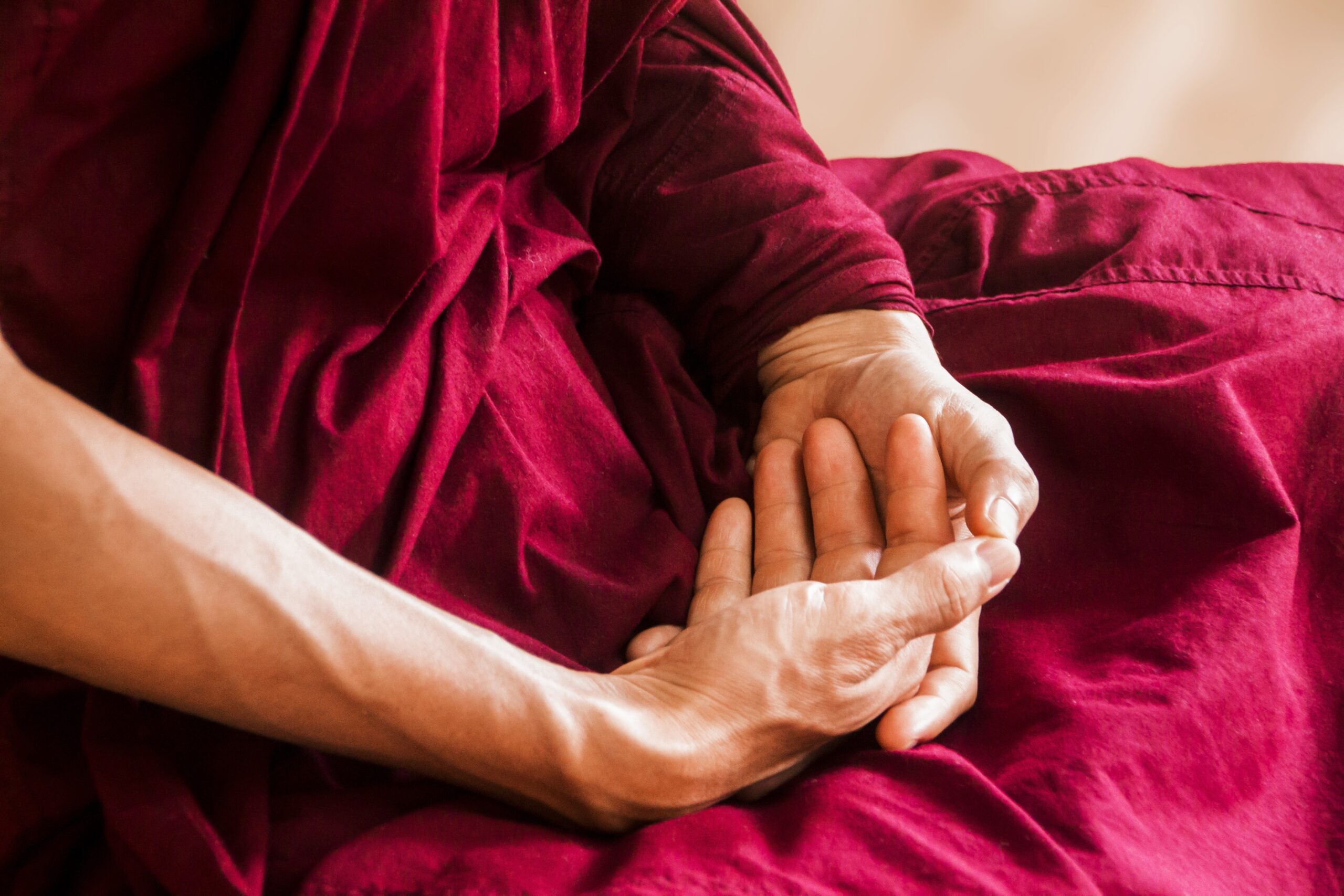Pau d’arco, a rainforest cure for a myriad of diseases? A strong antioxidant, it is both anti-viral, anti-bacterial, anti-fungal, even anti-cancer, eliminating pain and disease quickly and safely.
Found deep in the Amazonian rainforest, this tree goes by many names.
Pau d’arco is Portuguese for “bow tree,” as it is traditionally used by South American tribes to make both wooden tools and a medicinal tea. The species that gives forth scarlet flowers is also called Lapacho colorado, and the one grown in the cooler Andes and Paraguay that produces purple blossoms is called Lapacho morado.
In Argentina it goes by the name Tabebuia impegtignosa and in Brazil, Tabebuia heptaphylla. Native tribes also call this herb taheebo and ipe roxo. Also, Tabebuia ipe, ipe, tahuari, trumpet tree, and tajy.
There are nearly 100 different but related species of this hardy canopy tree. It is found in both South and Central America, and cultivated in southern Florida. This evergreen gives forth beautiful pink and violet bell-shaped or funnel-shaped flowers that can range from blue to yellow to magenta or purple hues.
The tree grows upward to 150 feet (45 m) with a trunk encircling more than 10 feet (3m). Most of the species come from the Tabebuia avellandae that produces a hard wood resistant to disease and decay.
Two particular features make this tree very unique and highly prized:
- Unusually tall, it grows in rainforests where fresh ozone air is so pure that the bark of the tree is free of pesticides, exhaust and smog contaminates;
- the tree’s flowers are carnivorous, devouring insects and keeping away all manner of fungi, spore and/or viral growth.
Historical Background
Aborigines of Brazil, northern Argentina, Paraguay, Bolivia and other South American countries traditionally use the inner lining of the tree bark for medicinal purposes, and there is evidence that its use may even pre-date the Incas.
Before the arrival of the Spanish, Guarani and Tupi-Nambo tribes were known to use large quantities of lapacho tea to treat all manner of health conditions. Central and South American natives routinely used the bark to treat cancer, lupus, infectious diseases and wounds. Caribbean natives used both leaves and bark to treat backaches, toothaches, sexually transmitted diseases, and cancer. They even used Pau d’arco as an aphrodisiac.
The Callawaya Indians—descendants of the Incas, the Quechua, Aymara and other native tribes in the Andes used Pau d’arco to address many complaints. The Incas used the purple-colored inner bark of the red lapacho as their primary medicinal source, as did the Calawaya for more than 1000 years.
Applied both internally and externally, the bark was used to treat fevers, infections, colds, influenza, syphilis, cancer, respiratory problems, skin ulcerations and boils, dysentery, gastrointestinal ailments, arthritis, prostatitis, circulatory problems, as well as other debilitating ailments.
It was also an accepted cure for lupus, diabetes, Hodgkins disease, osteomylelitis, Parkinson’s disease, and psoriasis. Indians used it to relieve pain, disinfect, treat leprosy, and as a diuretic and antidote to poisons.
Guarani, Tupi and other aborigine tribes dubbed it Tajy, meaning “having strength and vigor” or simply, the “Divine Tree”. While modern Guarani prefer the deeper shade of the purple lapacho, they will also use the red lapacho.
A Versatile Panacea
Besides being especially effective in the treatment of Candida, Pau d’arco was active against other bacteria, fungi and yeast growth, including Aspergillus, Staphylococcus, Streptoccus, Helicobacter pylori (a common cause of stomach ulcers), Bucella, tubercuosis, pneumonia and dysentery.
Pau d’arco was strong in vitro activity against viruses, including Herpes I and II, influenza, polio and vesicular stomatitis. It proved anti-parasitic to malaria, schistosoma, and typanosoma. And it was effective as an expectorant, promoting coughing that allowed the lungs to expel deeply embedded mucus and other contaminates.
Use of Pau d’arco also removed many of the side effects of western medications, as found in orthodox treatments for cancer, namely, the elimination of pain, hair loss and immune dysfunction — hence its possible use in conjunction with other medical therapies: patients undergoing chemotherapy observed a parallel decrease in side effects with increased efficacy in chemotherapy treatments.
Research can substantiate the beneficial claims attributed to Pau d’arco. While there were many clinical studies performed on the bark, too numerous to cite here, suffice to say that pau d’arco has proven to be effective in treating all manner of viral, bacterial and fungal infections. Truly one of Nature’s potent panacea for pain and disease of all kinds., it has proven especially promising for the treatment of cancer and tumors without the many side effects of western medications.
Often prepared as a tea, Pau d’arco can also be used as a douche for yeast infections, as a poultice for eye infections, and to help heal open wounds and sores more quickly. Pound for pound, pau d’arco is both economical and extremely versatile in its use.
Interested in Finding Out More About This Amazing Plant?
Do you have a loved one, friend or acquaintance suffering from cancer or other disease that is causing them pain and discomfort? Now you can save them some unnecessary suffering.
Find out more about this amazing remedy and how to prepare it for consumption and use. Register now to get your free ebook. Besides the information that you have read on this page, this ebook explains the active ingredients that make pau d’arco so potent a panacea, the extensive research to discover all its hidden secrets and benefits, how to shop for quality products, and even detailed instructions on how to prepare your pau d’arco for consumption.
Three years of researching this amazing life-giving plant have gone into the writing of this ebook, and like all the information in the webpages of this site, it’s absolutely free. So press the button below for your personal copy of Pau d’Arco: Nature’s Panacea for Pain & Disease now!
References
Dupler, D. (n.d.) Pau d’arco. Retrieved January 24, 2009, from http://www.answers.com/topic/pau-d-arco
Simmonds, M. (2000). Pau d’Arco – Tabebuia impetiginosa. Alternative HealthZine. Retrieved January 24, 2009, from http://www.alternative-healthzine.com
Pau d’Arco. (2007). Pau d’Arco Benefits and Cautions Explained in Detail. Retrieved January 24, 2009, from http://paudarco.org/
Pau d’arco. (2008). American Cancer Society | Information and Resources for Cancer: Breast, Colon, Lung, Prostate, Skin. Retrieved January 24, 2009, from http://www.cancer.org/
Pau d’arco. (2009). University of Maryland Medical Center. Retrieved January 24, 2009, from http://www.umm.edu/altmed/articles/pau-darco-000268.htm
Pau d’Arco Cautions. (2007). Pau d’arco – What you need to know about before you buy. Retrieved January 24, 2009, from http://www.paudarco.com




